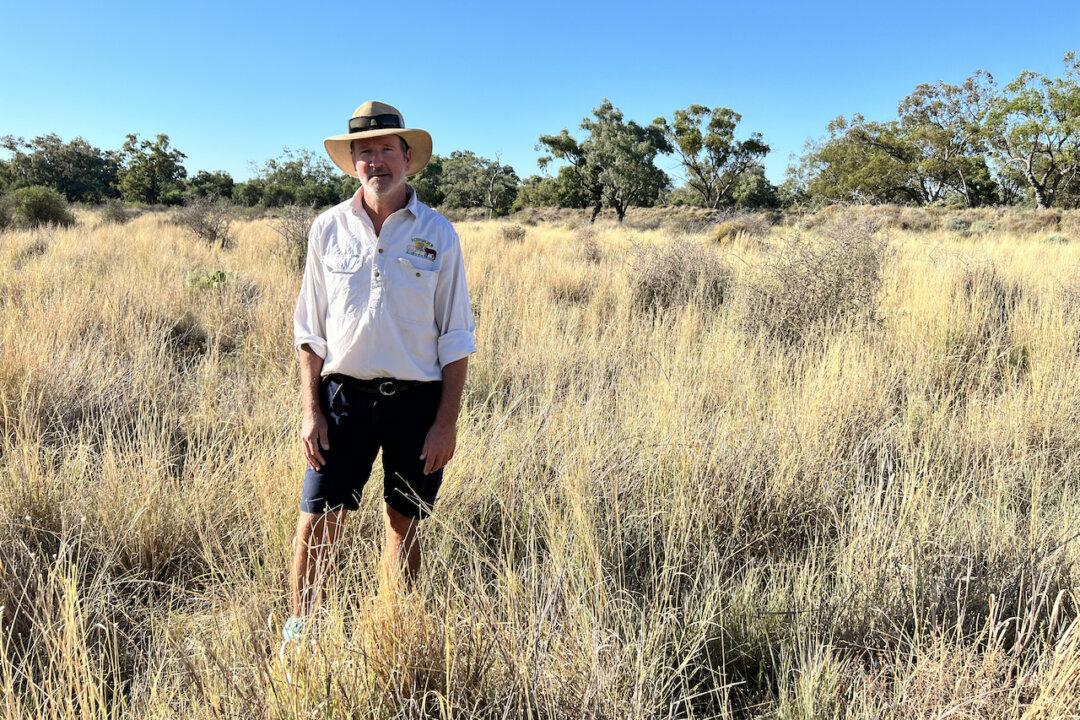Each day, farmer Roger Sendall considers what impact his decisions will have on the environment.
This ranges from minimising chemical use to determining where stock can graze on his 6,500-hectare operation in northwestern New South Wales (NSW).

Each day, farmer Roger Sendall considers what impact his decisions will have on the environment.
This ranges from minimising chemical use to determining where stock can graze on his 6,500-hectare operation in northwestern New South Wales (NSW).